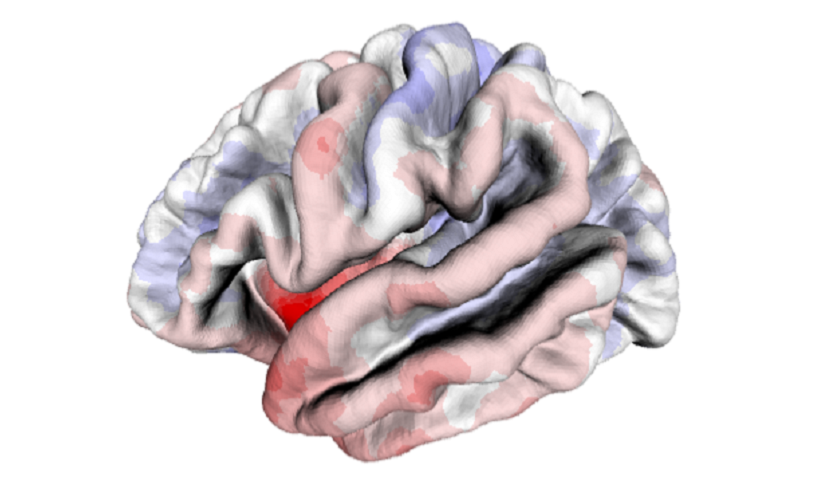The Dynamo project aims at numerical modeling of the evolution of Alzheimer’s disease.
The Dynamo project, coordinated by Stanley Durrleman (Inria), team leader and director of the neuroinformatics center at the Paris Brain Institute in collaboration with Pr Bruno Dubois, AP-HP neurologist, researcher at the Paris Brain Institute and director of IM2A (Institute of Memory and Alzheimer’s Disease), aims to reliably predict the progression of the disease in a given patient.
Based on an ad hoc evaluation, during a consultation for example, of imaging markers such as brain atrophy and cognitive markers such as memory loss, neurologists can see how the patient’s condition will evolve in the years to come. Based on this data, we believe that they will be able to guide patient follow-up and treatment in order to propose personalized prevention strategies, or to test innovative therapies at very early stages for patients with a very well characterized evolutionary profile.
The Dynamo project involved the follow-up of 350 patients (INSIGHT, IM2A and ADNI cohorts, NIH USA) from the presymptomatic stages of Alzheimer’s disease. These patients had a proven and quantified cognitive loss with or without cerebral amyloid plaques, representing all stages of the disease. These patients were followed for 3 or 4 years with 6 visits each.
During the visits each patient was evaluated by clinical tests including the Mini Mental State Examination (a normal MMSE score must be greater than 27 out of 30). Brain imaging to determine loss of brain matter (atrophy), hippocampal atrophy and brain glucose consumption was also performed.
“My work in this project involves studying complex observations, such as the brain atrophy of the 350 patients in the cohort, to simplify it in two ways:
- A typical course of the disease over long periods of time reconstructed from individual observations of short duration,
- Reduce the number of parameters that allow the trajectory of each patient to be located in relation to the average trajectory. For example, if the patient presents a faster evolution or a few years later than a typical evolution.
From the typical trajectory corresponding to the natural history of the disease that we have reconstructed over 20 years, we can reliably deduce the evolution of each patient over the next 4 years. ” Igor KOVAL, PhD at Paris Brain Institute and at the CMAP (Centre de Mathématiques Appliquées de l’École Polytechnique).
Based on the data collected from the 350 patients studied, the project consisted in developing an algorithm that simulates the evolution of the disease. Each patient’s score at a time t was integrated into the algorithm giving a curve of evolution according to all parameters. The algorithm has integrated in particular the differences between patients, more cognitive patients, compared to patients with significant brain atrophy or only hippocampus.
The simulation was verified on a cohort of patients followed for 4 years: it is reliable up to 4 years, i.e. the observed evolution of these patients follows the predicted evolution.
The next phase of the Dynamo Project is a clinical trial. It will evaluate the performance of the numerical model on the prediction of disease progression in real conditions, its use by neurologists during consultations and finally the effects of this tool on the therapeutic management of patients.
“We have developed a next-generation method of artificial intelligence that simulates the effects of Alzheimer’s disease on the brain and cognitive abilities. These numerical models make it possible to see the effect of the typical evolution of the disease on the brain, but above all, for the first time, to visualize the variability and specificity of the evolution of the disease in each patient. These analytical models allow us to better understand the disease, to identify the factors that can influence its development and why not in the future to be able to anticipate very early the first symptoms or even prevent the development of the disease.” Stanley Durrleman







